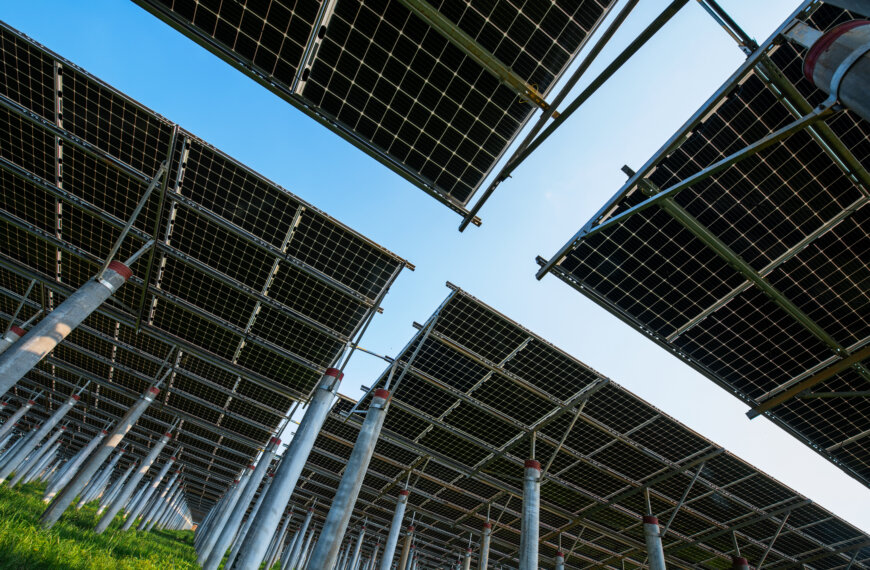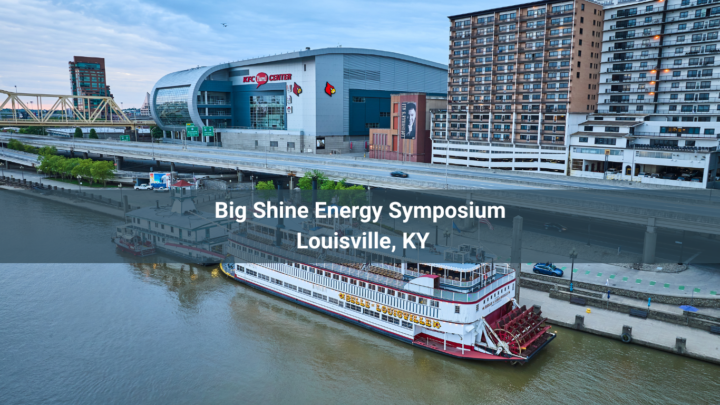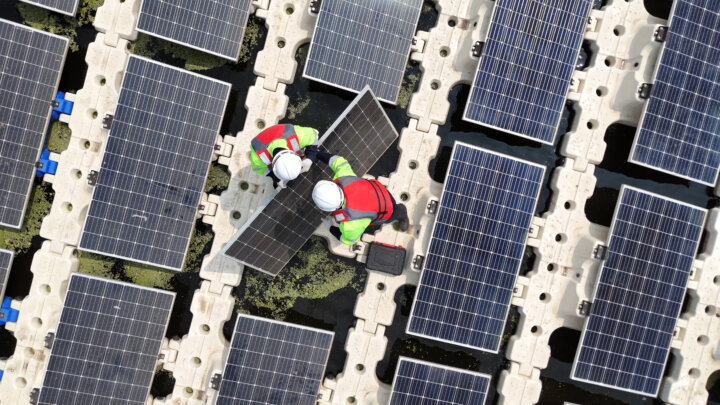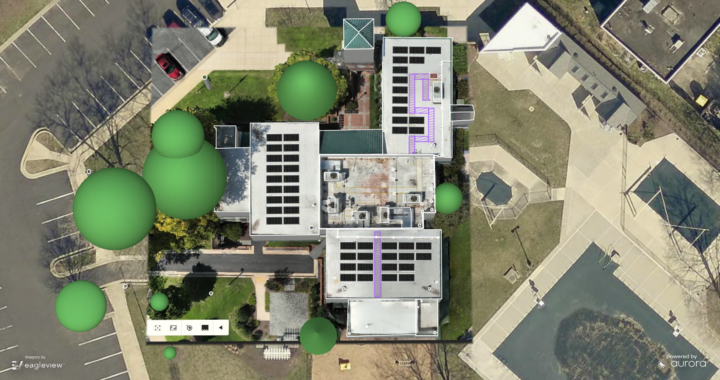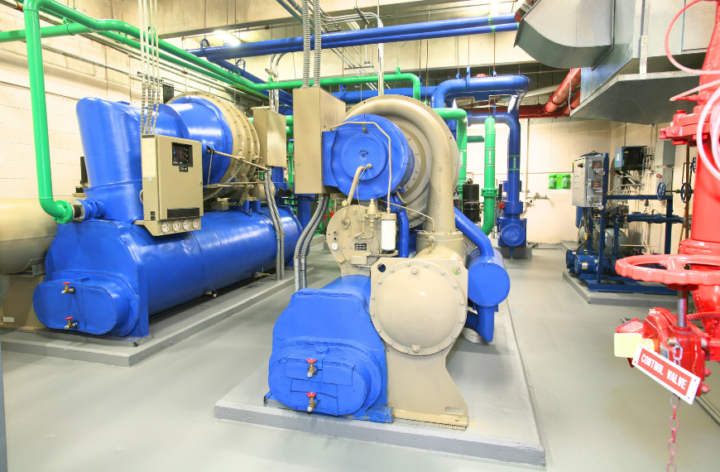Bifacial solar modules, capable of absorbing light from both sides, are revolutionizing the way we harness solar energy. These innovative modules significantly boost production without incurring excessive costs. A prime example is their installation over reflective surfaces like white TPO roofing, where they capitalize on reflected light to enhance energy generation.
Initially, bifacial solar modules were exclusive to space applications. It wasn’t until 2012 that these modules found their way into the commercial sector. At the outset, their high cost and the lack of substantial research to validate their efficiency hindered widespread adoption.
Fast forward to the present, and the landscape has dramatically transformed. The National Renewable Energy Laboratory (NREL) published findings after a three-year study indicating that bifacial modules are up to 9% more efficient than their mono-facial counterparts. Coupled with a significant reduction in costs, bifacial modules have become an increasingly attractive option.
One of the standout advantages of bifacial modules is their durability. The dual-glass design offers enhanced resistance to hail damage, which is particularly beneficial in regions of the USA prone to severe hailstorms. This robustness is a stark contrast to the vulnerability of mono-facial modules’ backsheets, which were susceptible to damage during installation, potentially compromising the module’s electrical integrity.
While there remain challenges to be addressed in the adoption of bifacial solar module technology, significant strides have been made. This technology is now poised for deployment in the commercial sector, marking a critical step forward in our pursuit of achieving net-zero carbon emissions.
References: Bifacial Solar Advances with the Times—and the Sun | News | NREL
